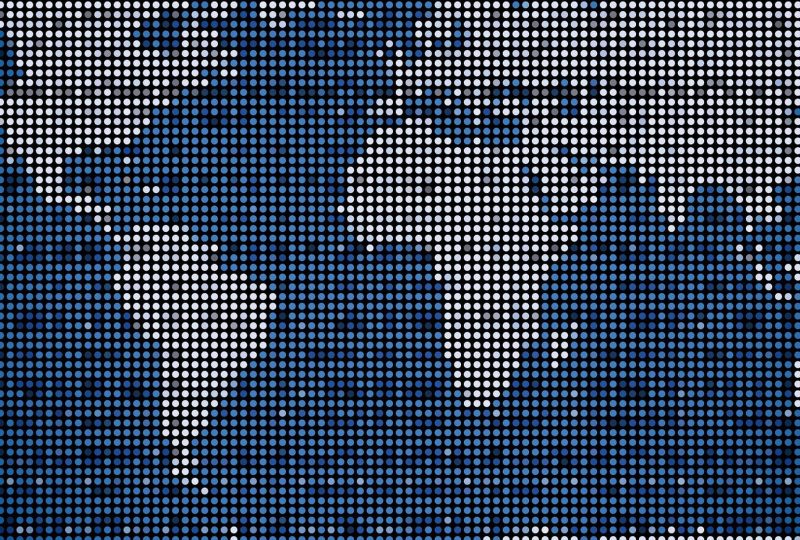New’s of the week selected by Impactscool – June 24th
24 June 2019 | Written by La redazione
The most important news about future and technology selected by Impactscool team

The AI that can detect photoshopped images
The techniques of manipulation of images and videos become more and more sophisticated and more realistic, posing doubts about their unethical uses. Adobe, the leading company in video and image editing software (the photoshop mom), shares these concerns and is working on an AI capable of identifying manipulated images. Trained through machine learning algorithms, this artificial intelligence is able to identify the areas in which an image has been manipulated, in particular with the fluidity tool. The AI is able to identify changes with an accuracy of 99%. For now it only works with images on which the fluidity tool has been used, the most commonly used to quickly modify an image, but the goal of the software house is to develop a system that is capable of revealing even more complex and realistic changes .
Summer has arrived in the Arctic Circle and is very hot, almost 5 degrees above normal and the result is the image you can see. The snow is melting like never before, breaking the record in 2012. In some areas, due to a high-pressure zone, the temperature has risen above 20 °, 10/15 ° above average, leading to 45% dissolution of normally frozen areas. Precisely this unusual high pressure is shifting the cold air towards lower latitudes.
Damaged road signs? An AI can help
How many of you have ever missed not seeing a road sign and then making a mistake or committing an infringement because it was damaged, covered by branches or simply so old as to be illegible? Every year the administrations spend time and money to identify ruined or tampered road signs, a tedious and repetitive task that an artificial intelligence could perform at its best. A group of researchers from the RMIT University have developed an algorithm that can recognize road signs through Google Street View images and indicate which ones need repairs.
Monitor biodiversity with sounds
One of the techniques to monitor the variety of species, in particular of birds, in an environmental niche, is called “point count”, a simple count of the sighted animals and, above all heard, from a specific observation point. It is a widely used method but not very reliable, not standardized and not verifiable. Scientists at the University of Göttingen have tried to use audio recorders to obtain data on the territorial density of a species in an area, and the results, in addition to being comparable with those obtained with traditional methods, can be inserted into systems of big data analysis to obtain more structured information.





